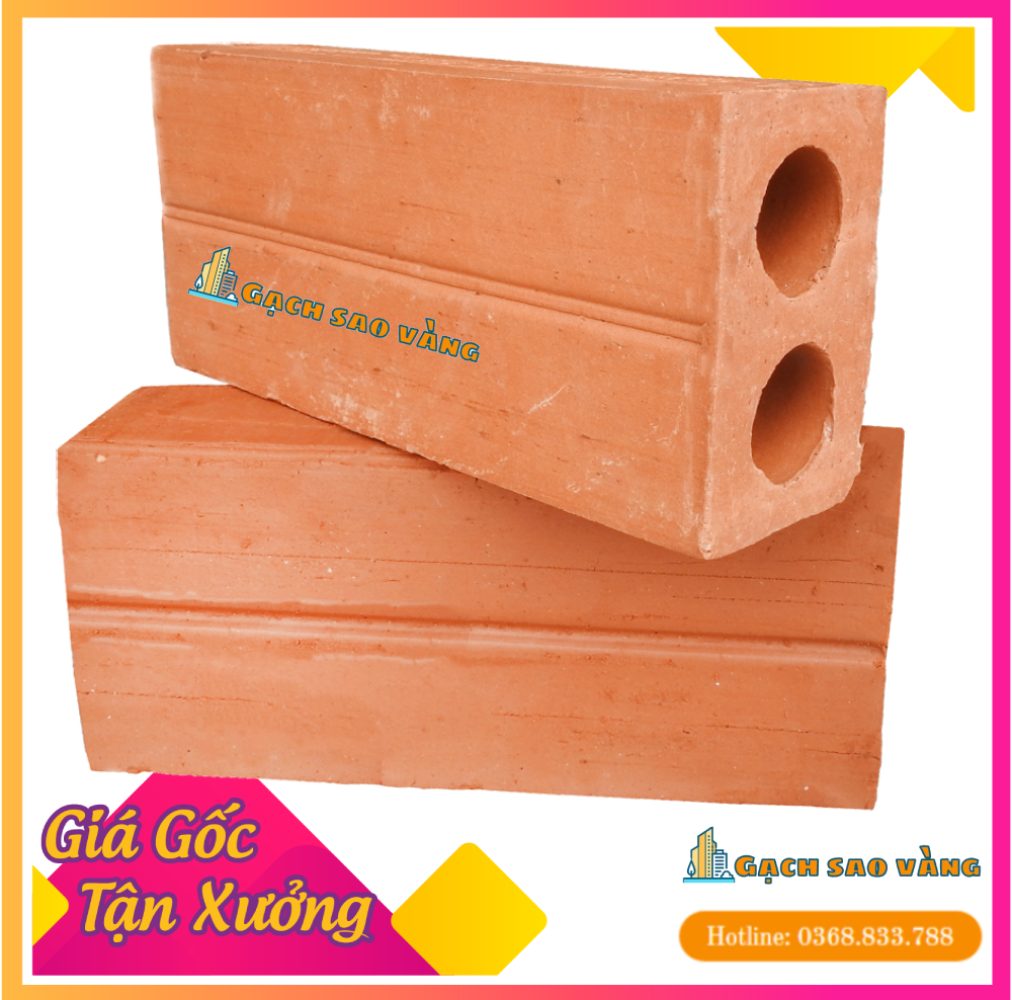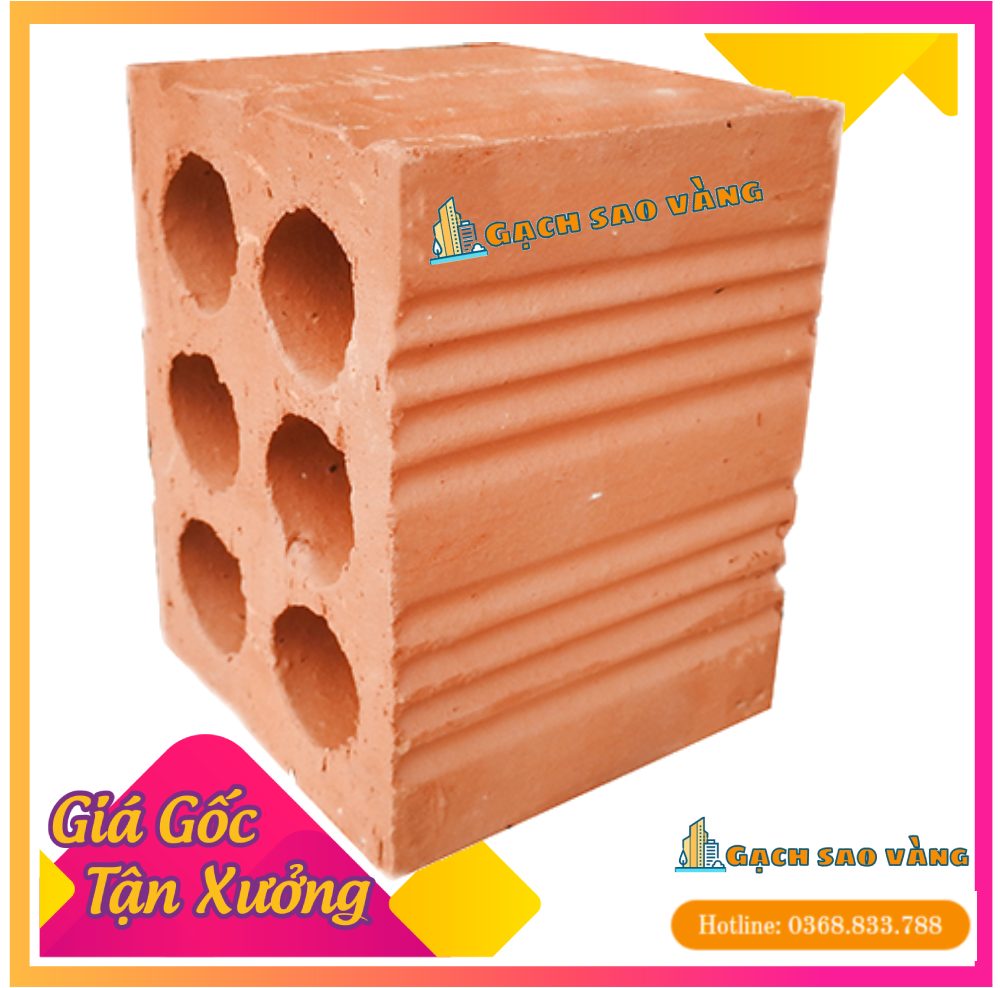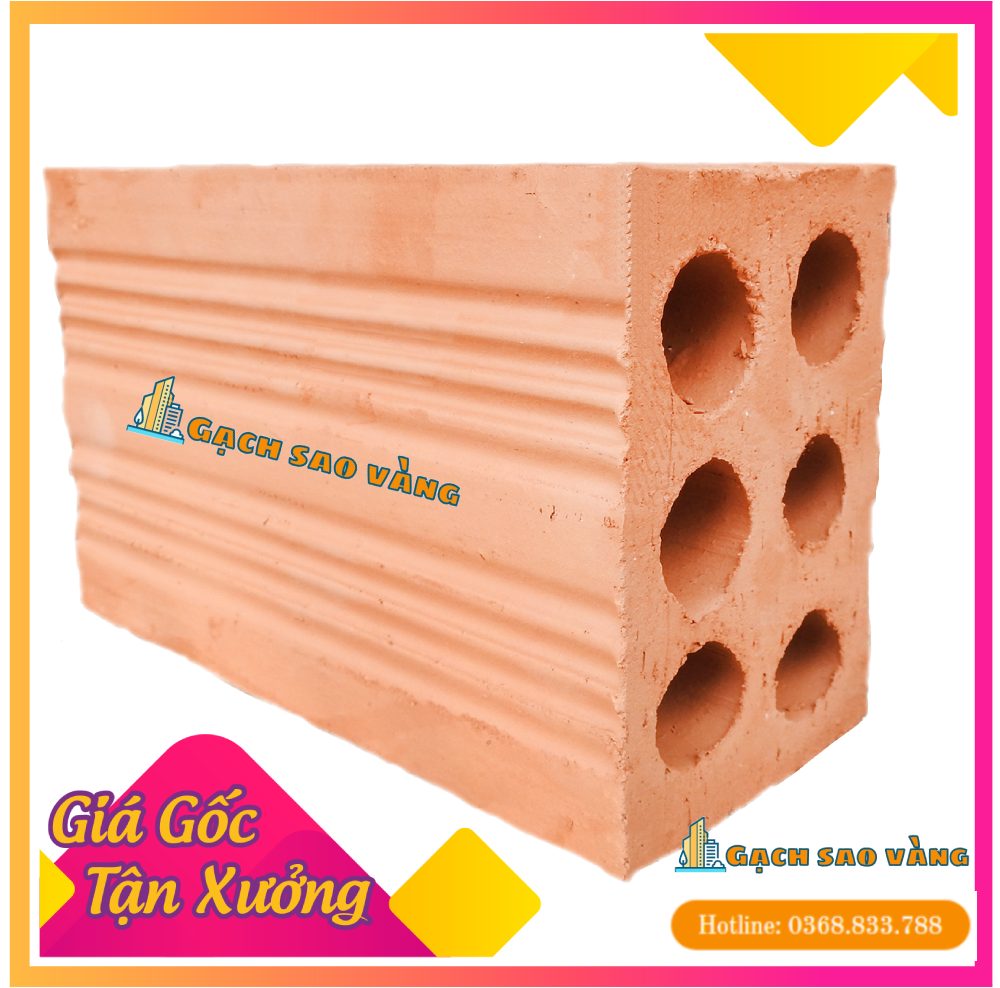Clogged drains can be a frustrating experience for many homeowners. Over time, various factors can lead to a build-up of debris, resulting in slow drainage or complete blockage. Understanding the common causes of these issues is the first step towards maintaining a free-flowing system.
Hair, soap residue, and other materials frequently contribute to drain slowdowns. Regular cleaning methods can be highly effective in preventing significant issues. By incorporating simple maintenance practices into your routine, you can save time and money on costly repairs in the future.
Identifying potential problem areas early on can make all the difference. This article offers practical advice to ensure your drainage remains clear, helping you to enjoy a trouble-free bathing experience in your home.
Identifying Common Causes of Clogs in Showers and Tubs
Understanding the frequent issues that lead to blockages in bathing spaces is key to maintaining a functional bathroom. Hair, soap residues, and mineral deposits are among the primary culprits that accumulate over time. These materials can easily combine to obstruct the drainage system, making regular cleaning methods necessary to prevent buildup.
Another contributor to drainage problems is the improper disposal of items such as wipes and feminine hygiene products. Many homeowners underestimate how these materials can create significant blockages. Incorporating simple habits, like using a hair catcher, can mitigate these challenges.
Additionally, hard water can result in limescale accumulation, hindering proper water flow. Regular bathroom maintenance, which includes descaling fixtures, can help reduce this issue. Understanding these common origins of clogs enables homeowners to implement proactive measures, ensuring a smoother experience when using their bathrooms.
Practical Tips for Regular Maintenance to Prevent Clogs
Regular upkeep of your bathroom is key to minimizing blockages. Incorporate a schedule for routine checks to ensure optimal drainage in your fixtures. Cleaning methods that focus on different components can significantly reduce buildup over time.
One of the most effective strategies involves using a hair catcher in your drain. These simple devices can be easily installed, capturing strands before they accumulate and lead to serious obstructions. Additionally, consider clearing out the trap periodically to remove any trapped debris.
Utilizing a natural cleaning solution, such as a mixture of vinegar and baking soda, can help dissolve minor blockages while also deodorizing the drains. Pour this combination down the drain every month to maintain smooth flow. Regular flushing with hot water can assist in keeping pipes clear, washing away residual materials.
Be mindful of what goes down the drain. Avoid disposing of personal hygiene products, wipes, or excessive hair, as these are common causes of blockages. Educating everyone in your household about proper disposal methods can significantly aid in preventing plumbing issues.
Lastly, inspect your plumbing fixtures for leaks or signs of wear. Addressing these issues promptly not only enhances durability but also supports overall bathroom maintenance, further reducing the risk of sudden clogs.
Choosing the Right Drain Cover to Minimize Hair Buildup
Selecting the appropriate drain cover is crucial for reducing hair accumulation in your bathing areas. A well-fitted cover plays a significant role in enhancing bathroom upkeep and preventing plumbing obstacles.
When considering options for drain covers, keep the following factors in mind:
- Material: Look for durable materials like stainless steel or silicone that can withstand daily usage and resist corrosion.
- Design: Opt for designs with smaller holes or mesh patterns to effectively trap hair while allowing water to flow freely.
- Size: Ensure the drain cover fits snugly over the drain opening to prevent hair from slipping underneath.
Incorporating the right cover can greatly aid in minimizing hair clogging issues, making bathroom maintenance much simpler. Regularly inspect and clean your drain cover using efficient cleaning methods to ensure optimal performance.
For more insights on plumbing issues and maintaining your bathroom effectively, visit https://jimsplumbingsouthbay.com/.
How to Properly Clean and Unclog Drains Using Household Items
Regular cleaning of your bathroom fixtures is a proactive measure that can minimize the buildup of debris and hair. Utilizing common household items for drain cleaning can be both effective and economical. Here are some methods to consider.
Baking soda and vinegar make an excellent duo for tackling minor blockages. Start by pouring half a cup of baking soda down the drain, followed by half a cup of vinegar. This combination creates a fizzing reaction that can help to dislodge debris. After waiting for about 30 minutes, flush the drain with hot water to clear any remnants.
Another useful method involves using salt and boiling water. Pour a generous amount of salt directly into the drain, followed by a kettle of boiling water. The abrasive nature of salt combined with the heat can help break down grease and soap scum.
For physical blockages, a plunger can work wonders. Ensure there’s enough water in the tub or sink to cover the plunger’s cup. Create a tight seal and plunge vigorously several times to dislodge the clog.
If you prefer a more hands-on approach, a wire coat hanger can serve as a handy tool. Unwind the hanger, forming a hook at one end, and carefully insert it into the drain to snag hair or other debris. Exercise caution to avoid damaging the pipes.
Lastly, maintaining a regular cleaning schedule is beneficial. By integrating these household cleaning techniques into your bathroom maintenance routine, you can significantly reduce the chances of encountering stubborn blockages.




